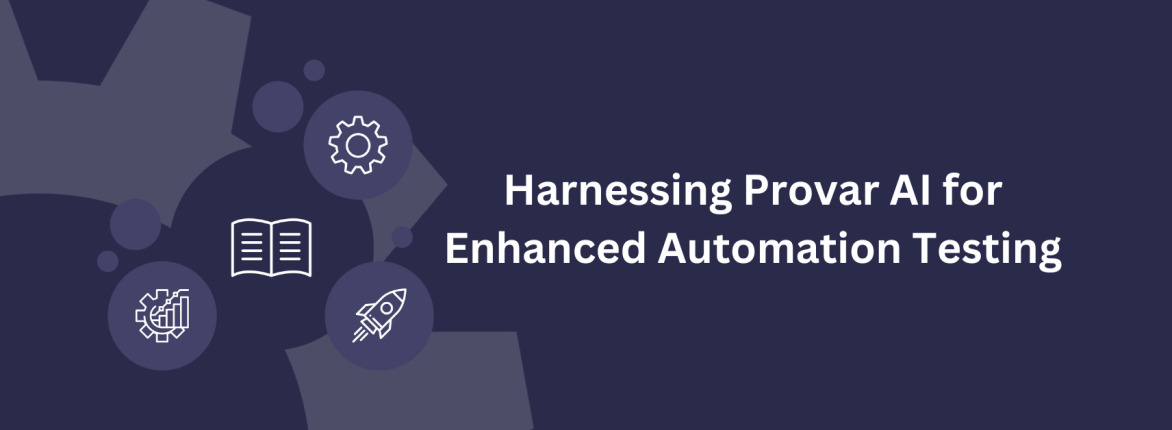Navigating Salesforce Testing Challenges with Provar: Empowering Diverse Teams
Introduction: Salesforce’s Appeal and Testing Imperatives
It’s no surprise why customers love Salesforce. With its constantly evolving platform, new products and integrations, and user-friendly interface (even for those who don’t have a tech-heavy skillset). Salesforce has made achieving lofty goals an easy reality for organizations worldwide. However, with that level of innovation comes challenges, such as ensuring you’re running automated. Salesforce tests that 1) play nice with these frequent updates and 2) mitigate risk in your workflow. And before you ask … yes, you do need to test, and you need to do it regularly.
Challenges of Automated Salesforce Testing
This is where Provar comes in. We’re a top Salesforce test automation firm that uses Salesforce information to enable smart, low-code, and no-code testing for end-to-end risk reduction. In our approach, users can create tests the same way they use Salesforce, making test automation as easy as using Salesforce itself.
Introducing Provar: Smart Testing Automation
Geraint Waters, Founder and CEO of Provar, recently caught up with Swapnil Bhartiya at TFiR to discuss how Provar is helping diverse teams make the most of Salesforce’s constantly evolving platform. Swapnil brought up today’s digital transformation and the shortage of cloud skills among its widespread adoption, which creates its own unique issues. Employees want to embrace the latest technologies but may not have a highly technical skillset, leaving them wondering how to utilize test automation in their processes effectively.
Simplifying Test Automation with Provar
Geraint says that ultimately, companies want the security that their product is working, and they know that sometimes it’s up to the people without the tech-heavy skillset to run the tests and ensure any risk is mitigated.
“The skill is in putting those pieces together,” he says. “We’re providing the tool to build that test and rapidly maintain the tests. We’re upskilling the less technical people, the business users, on developing these safety nets so they can come in quickly, deploy regularly … and the production teams can have faith that these guys can be trusted.”
Geraint Waters on Empowering Diverse Teams
But where can an organization get started with low-code and no-code testing? Is there a playbook for team leaders to follow, regardless of whether they’re deep in the technical weeds?
Addressing Digital Transformation Challenges
The answer, says Geraint, is to understand the full end-to-end risks in your workflow. He recommends sitting down and pinpointing specific areas where catastrophe would ensue if anything went wrong. Easy enough in a world where we always think about what could go wrong, right? Once you’ve identified these areas, that’s where you’ll start building your tests first. For example, if you’re sending outbound emails, there’s always a risk that those emails could get into the wrong hands. Think of the various components within that data flow (such as PDF documents). Understand the risks and build out tests pinpointing weak areas to strengthen them before an issue arises. The possibilities for test automation are endless, utilizing low-code and no-code solutions. You’ll ensure the minimal time spent testing is well worth it for risk prevention.
The Role of Low-Code and No-Code Testing
“To move quickly and have agile projects, we want to have the right tests running all the time that give us immediate feedback,” says Geraint. “It’s really important to test the right things from the beginning. I love end-to-end testing, and I think that’s the way forward.”
Watch the full interview or read the transcript at TFiR, and schedule a demo with our team today to see how Provar can help you achieve your test automation goals.










